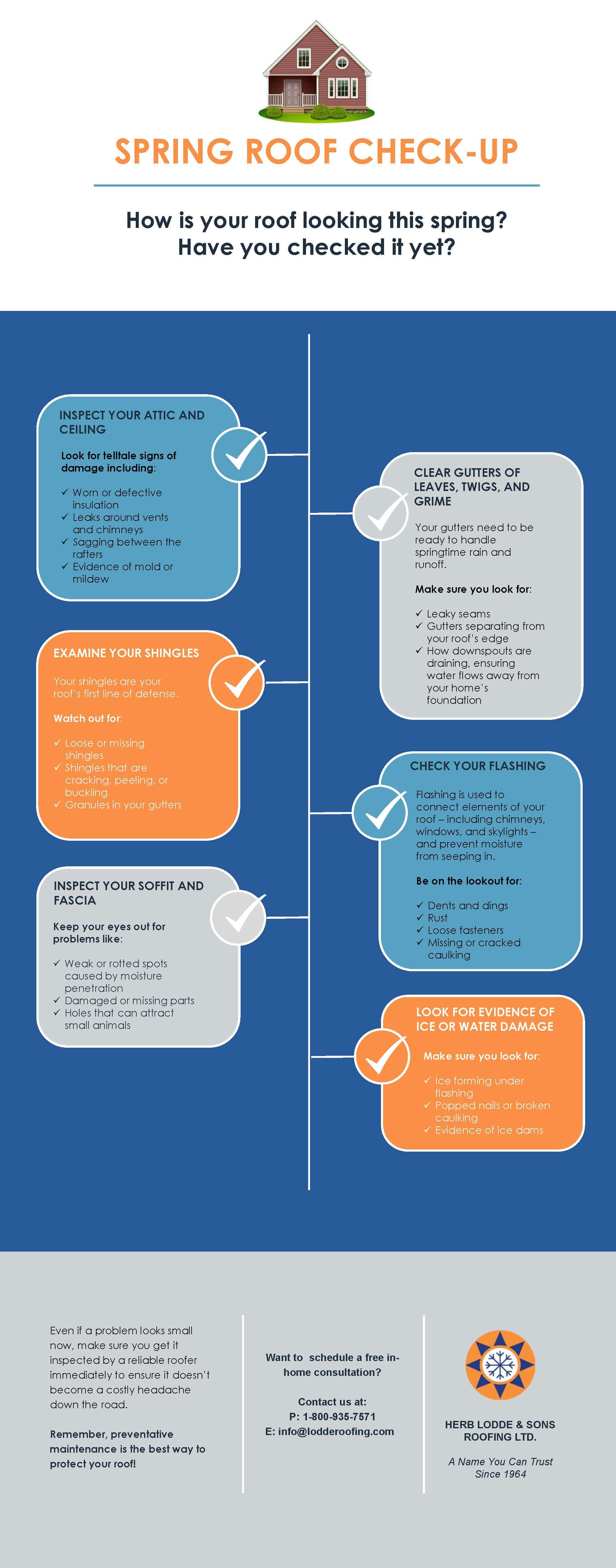How To Area Roof Covering Damages Before It Ends Up Being A Significant Issue
How To Area Roof Covering Damages Before It Ends Up Being A Significant Issue
Blog Article
Web Content Composed By-Drew Dobson
To secure your home from potential costly repairs, identifying roofing damages early is vital. By watching out for refined visit the following page like missing out on tiles or water spots, you can catch problems before they worsen. But what regarding those usually neglected areas that could hint at hidden issues lurking over you? Stay tuned to find crucial suggestions for identifying roof damage prior to it escalates right into a major frustration.
Early Warning Signs
Finding roofing system damages early can save you time and money. One key early warning sign to keep an eye out for is missing or harmed shingles. If you discover any shingles that are cracked, curling, or completely missing, it's important to address the problem promptly. These damaged shingles can leave your roofing susceptible to leakages and additional damages.
Another indicator to search for is water discolorations on your ceiling or walls. These discolorations can show a leak in your roofing system that requires immediate attention. Ignoring look at this web-site can cause more substantial and costly repair work down the line.
In addition, watch for any type of indicators of drooping or sagging locations on your roofing system, as this might indicate architectural damage that requires to be fixed quickly.
Exterior Examination Tips
Consistently checking the outside of your roof is essential for preserving its honesty and recognizing prospective damages early. Beginning by taking a look at the shingles-- seek any type of missing out on, split, or crinkling roof shingles, as these can be indications of roofing damages.
Examine the gutters for granules from the shingles, as extreme granule loss might symbolize aging or weathering. Pay attention to the flashing around vents, smokeshafts, and skylights, ensuring they're snugly sealed and devoid of cracks.
Seek signs of moss, algae, or mold and mildew development, as these can result in roofing wear and tear if not resolved quickly. Additionally, check the fascia and soffits for any water spots or rot, which might indicate water damages.
Finally, analyze the total problem of your roof from the ground, seeking any kind of drooping areas or recognizable dips. By conducting these exterior assessments frequently, you can capture roof damage early and stop it from becoming a major issue.
Inside Red Flags
When inspecting your roof for prospective damage, don't neglect the significance of examining the interior of your home. Inside red flags can commonly be early signs of roof covering problems that require focus.
Beginning by analyzing your ceilings for any kind of water discolorations or staining, as these could signify a leakage in the roof. Another key area to evaluate is the attic, where indicators of water damage, mold, or mildew may show a roof trouble.
Pay attention to any type of musty smells or a recognizable increase in humidity degrees, as these can likewise be indicators of water breach from a harmed roofing. In addition, sagging areas in the ceiling or wall surfaces need to be taken seriously, as they could be an outcome of water damage compromising the structure.
If you discover any of these indoor warnings, it's critical to have a professional roofing contractor evaluate the circumstance immediately to stop more damage and pricey repair services.
Conclusion
By staying watchful and regularly looking for very early indication of roofing system damage, you can stop small issues from becoming significant problems. Watch out for missing out on or harmed roof shingles, water discolorations on ceilings or walls, and any sagging or drooping locations on the roofing system. By addressing these concerns promptly, you can conserve yourself from costly repair services and guarantee your roof covering stays in good condition for many years ahead. Keep proactive and protect your home from prospective damages.
